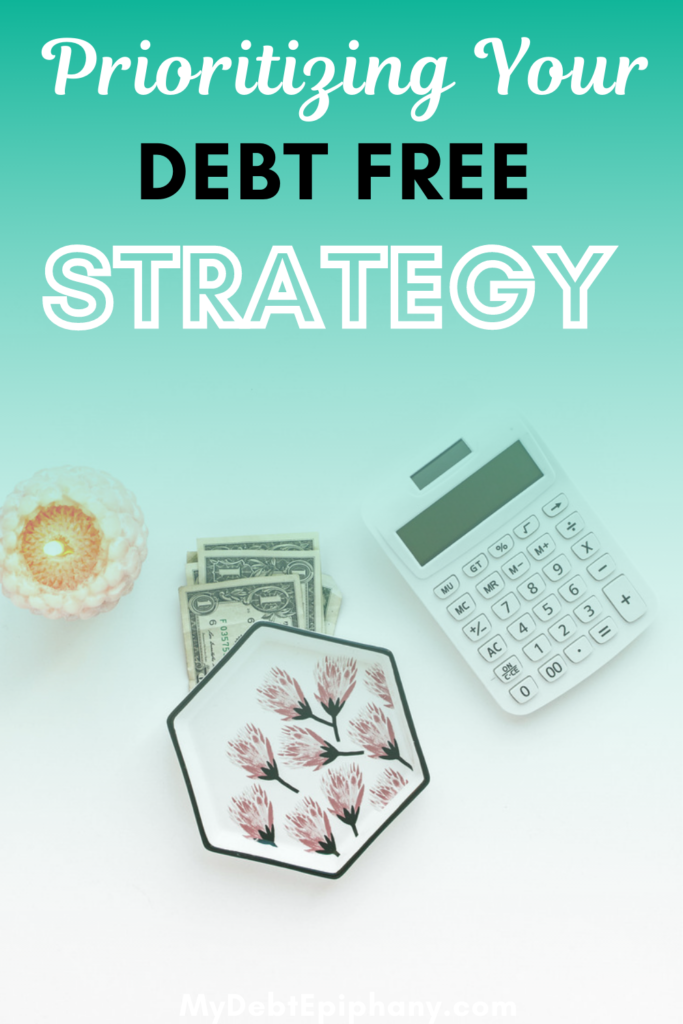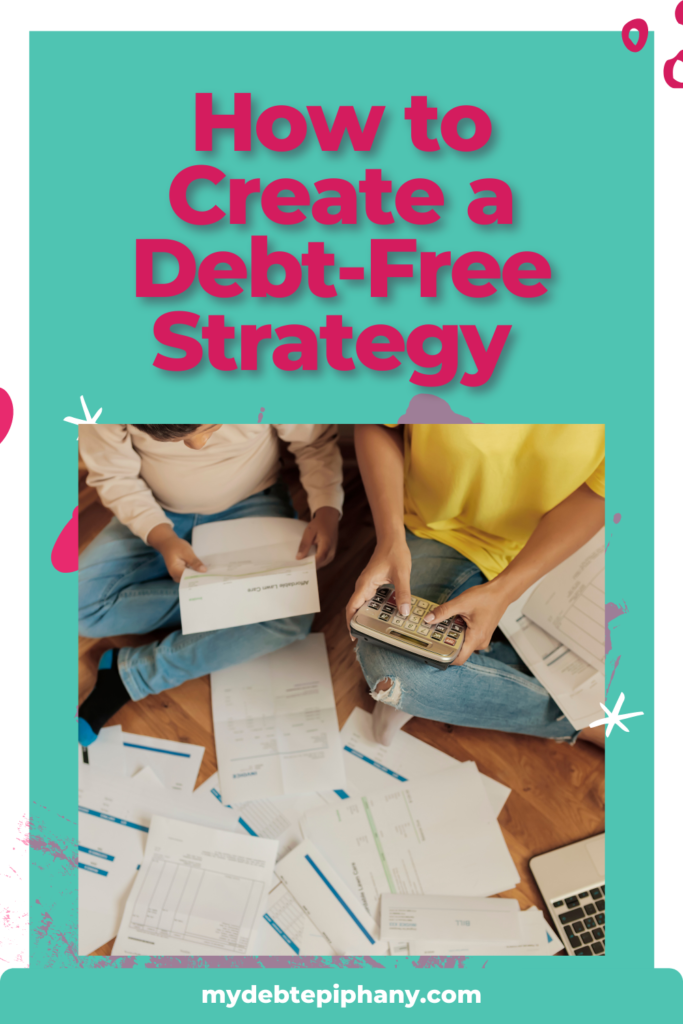Debt can make it difficult to get ahead with your finances so it’s no wonder that being debt-free is a very common financial goal.
While there are many strategies to help you get your debt down to zero, it can be hard to figure out which one is best. However, once you find a way that fits your particular goals and lifestyle, it’ll be easier to reduce your debt quickly.
Read on for great tips to help you discover the best ways to prioritize your debt-free strategy and grow your financial confidence.
Know What Debt Is Actually Bad
Although debt is usually associated with negativity, not all debt is actually a bad thing. Once you know the difference between good and bad debt you’ll be able to take charge of your debt situation a lot better.
Good debts are considered things that you owe money on but they grow your wealth. A few examples are:
- A mortgage (that you can afford)
- Student loans that are paying your tuition and eventually allow you to go further in a career, both position and compensation wise.
- Business and home equity loans
- Auto loans that are very low or zero interest (as long as you pay it off before the promotional period ends)
Bad debts are considered things that reduce or don’t improve your finances substantially. Two common examples are:
- Credit cards because what you purchase on it usually depreciates over time
- Payday loans because the interest rates are sky high
When you’re about to take on a debt long term be sure to ask yourself a few questions:
- Why am I taking on this debt?
- Are there alternatives that can prevent me from having to take on this debt?
- If I have to take on this debt, will this debt appreciate or depreciate over time? Will this debt pay me back more than what I put in?
Get Organized
It’s always important to have things in order before you embark on any journey. Here are two important ways to get your debt-free strategy organized and set up for success.
Know Your Amounts Owing And Interest Rates
It’s important to really know the ins and outs of your debt expenses. Create a list that has the name of who you owe, the outstanding amount, the loan term (if applicable), the minimum payment amount, the frequency of the payment, and the interest rate.
Find The Best Plan For You
Now that you have all of your debt information in order, you’re ready to choose a plan that is best for you to pay it off.
There are several options to choose from. Each debt payment plan will rank your debts in order of what to pay off first and last based on its unique method.
The Highest Interest First Strategy
Personally, I believe this plan is the best debt repayment strategy. Commonly called the avalanche method because you gain speed quickly, this payment plan focuses on the interest rate. You’ll be required to list the interest rates from highest to lowest.
Once you pay off one debt on your list, put the money that you were spending on the completed debt toward the next debt. Then, you can continue that process until your list is complete.
The Debt Snowball Strategy
Another popular debt repayment option is the snowball strategy. This is a great option to help you gain confidence with quicker wins because this method works from smallest to largest outstanding amount.
The point of the method is that, like a snowball, you start out small but your wins become bigger and bigger as you gradually complete your list. Just as you would in the avalanche method, roll forward the money you use to make payments from debt to debt until your list is complete.
Other repayment strategies are:
- Pay off the largest balance first
- Consolidate the debt so you’ll be able to pay them off with one monthly payment
Savings Are Important Too
After paying off your debt, you should have freed up some money to contribute to savings. Building a healthy savings account is important for your ongoing budgeting.
Having a savings account to dip into prevents you from putting unexpected expenses, such as auto or home repairs, on a credit card, which starts the cycle over.
Saving money on your expenses will also be helpful with speeding up your debt repayment. Check out these awesome money saving resources:
- $5 Meal Plans—Healthy, time and budget friendly meal plans
- My FreezeEasy–Freezer cooking meal plans
- Billshark—A bill negotiation service that works on your behalf to lower your monthly bills
- Digit—A robo-financial assistant app to help you save and grow your money
- ThreadUp–The largest online consignment & thrift store
- Tello—amazing cell phone plans that start at $5/month and have no contract or fees attached
- Bestow—A life insurance company with an uncomplicated, 100% online buying process, no doctor or medical exams and plans that start at $8/month
Final Points To Remember
When it comes to debt repayment it’s important to budget for your payments the same way as you would pay for your other bills. This will also make sure that your minimum payments on your other debts don’t fall behind.
Also, if you’re thinking of making additional payments on your debts, be sure to review the loan or credit card policy on making additional payments. Some banks may have an extra payment fee in place so it’s better to be safe than sorry.
What debt repayment strategy have you used? How was your debt-free journey? What resources helped you to save money?

Stop Worrying About Money and Regain Control

Join 5,000+ others to get access to free printables to help you manage your monthly bills, reduce expenses, pay off debt, and more. Receive just two emails per month with exclusive content to help you on your journey.


